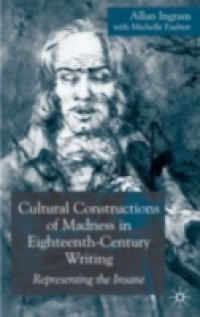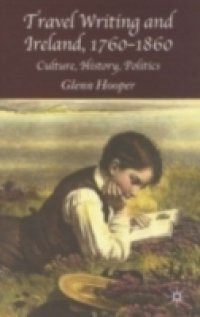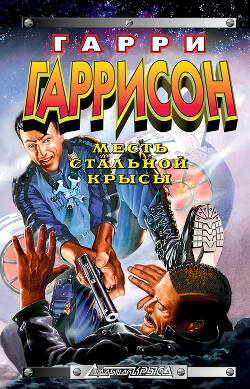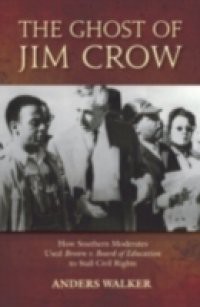This fascinating book deals with the (mis)representation of insanity through a substantial range of literary forms and figures from across the eighteenth century and beyond. Chapters cover the representation, distortion, sentimentalisation and elevation of insanity, and such associated issues as gender, personal identity, and performance, in some of the best, as well as some of the least, known writers of the period - Pope, Swift, Fielding, Sterne, Wollstonecraft and Crabbe, as well as Joseph Warton, Mary Alcock, Mary Robinson and William Belcher. A selection of visual material, including works by Hogarth, Cibber, Rowlandson, Woodward, Newton and Gillray, is also discussed. While primarily adopting a literary focus, the work is informed throughout by an alertness to significant issues of medical and psychiatric history. The debate is concluded with the suggestion that, ironically, representation of insanity, albeit as a self-conscious misrepresentation, has the potential to come closer to 'madness itself' than the autobiographical accounts that were also popular within the period.




 7 (8)
7 (8) 












